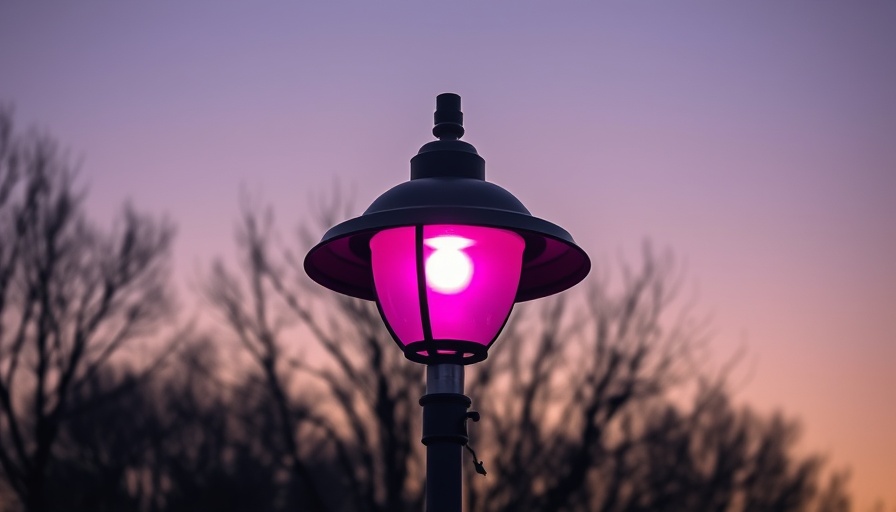
The Mystery Behind the Purple Street Lights
Have you noticed a growing number of purple street lights in your neighborhood or while traveling? At first glance, their distinctive hue might make you question your eyesight or wonder if you've stepped into an alternate universe. However, this peculiar color isn't part of a new trend or municipal experiment; it’s actually a result of manufacturing defects. According to lighting experts, these purple lights originated as standard white LEDs. Over time, a crucial element—the phosphor coating responsible for converting blue light into the balanced white glow—degrades, revealing the cooler, purplish light beneath.
The Downside of Purple Lights
Though the purple glow might appear aesthetically pleasing, it comes with significant drawbacks. In addition to being a manufacturing blunder, the purple lights can compromise safety on the roads. Visibility can be adversely affected; according to Alisha Kessler, a lighting product manager, this purple LED light lacks the comprehensive spectrum coverage offered by standard white lights. Consequently, drivers and pedestrians may find it challenging to judge distances or spot hazards at night, particularly in areas with insufficient illumination.
Health and Safety Implications
The impact of these lights extends beyond mere aesthetics—they present genuine safety risks. Michele Lapicco, a design consultant, emphasizes that inadequate visibility can impair drivers' and pedestrians' abilities to navigate safely. “While the purple glow can look oddly beautiful, safety and clarity must always come first,” she cautioned. With streets dimly lit and the hues distorting crucial color perception, the risks posed by these faulty lights prompt a community concern that extends from local streets to public safety officials.
Root Cause: Manufacturing Flaws
The surge in purple street lights stems primarily from widespread manufacturing flaws. Affected models, initially installed in 2018, were found to have defects due to their phosphor coatings failing prematurely. This issue is most prevalent among streetlights produced by Acuity Brands Lighting, particularly those manufactured around mid-2017. As municipalities upgrade to energy-efficient LEDs, many are inadvertently installing these flawed products, leading to the purple hue that now pops up nationwide.
The Quest for Solutions
As more purple streetlights appear, solutions are being sought. Many cities have begun replacing these problematic lights, but ongoing repairs can be costly and time-consuming. Replacement efforts hinge on local funding and planning, which can delay actions even amidst rising public concern. In the face of potential hazards, communities are encouraged to address their lighting infrastructure as a priority. The pursuit of safer, more reliable street lighting remains at the forefront of urban development challenges.
Future Outlook: Prevention Through Awareness
What can be done to prevent these issues in the future? Awareness is crucial. By informing the public about what these purple lights signify, cities can foster a proactive approach to street lighting maintenance and quality checks. Educating residents on the implications of these flaws can galvanize community advocacy for improved municipal planning and budget allocations for urban upkeep.
Addressing the Purple Light Phenomenon: A Community Responsibility
As purple street lights become a more common sight, residents have a role in addressing this phenomenon. Advocating for maintenance and monitoring within your local government can lead to safer neighborhoods. This sense of community responsibility can ensure that urban infrastructure not only meets aesthetic needs but also prioritizes the safety and well-being of all its citizens.
 Add Row
Add Row  Add
Add 




Write A Comment